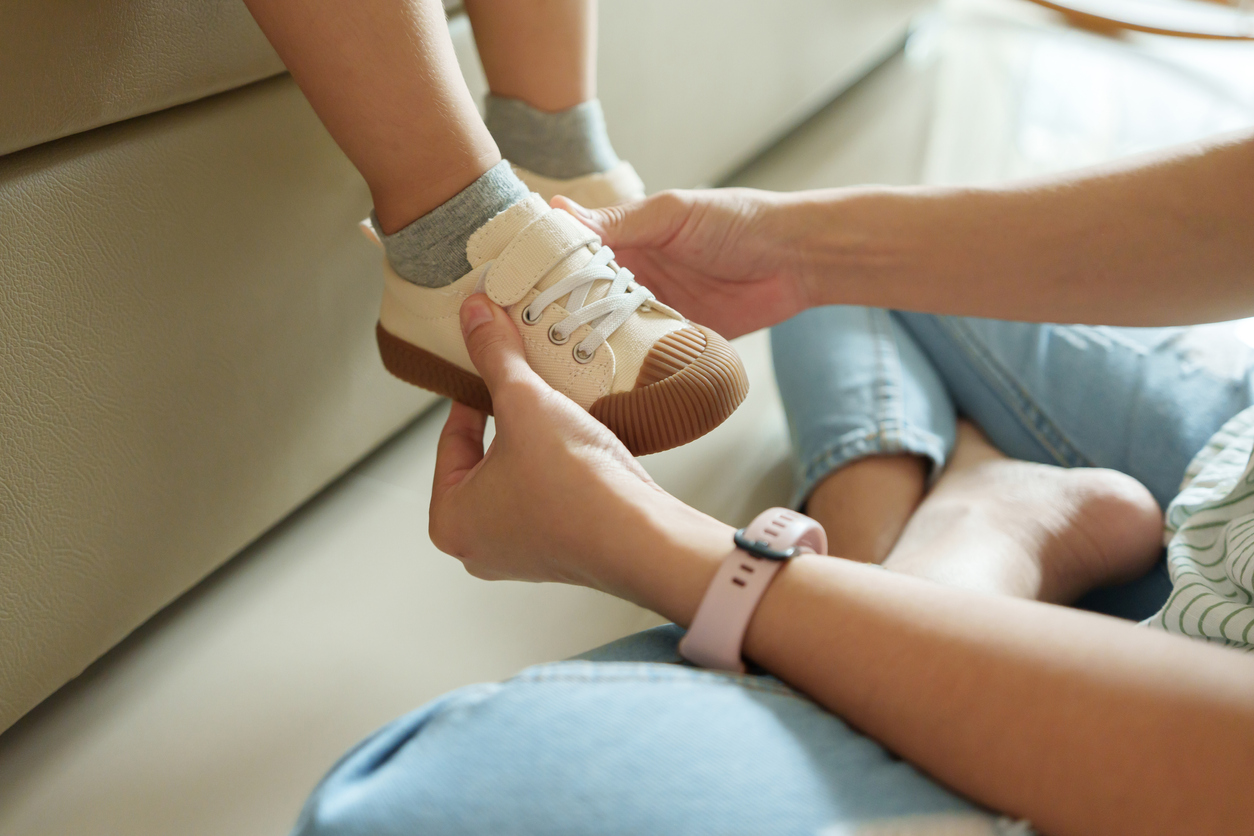Counselling resource: “Finding Fit” class activity
Samantha Caras uses her “Finding Fit” activity to help students better understand the concept of best fit – and she learns something new every time, too

Over the course of my career a few activities have helped me share the concept of best fit with my school community. Of these, “Finding Fit” has been my favourite activity with students for the past eight years, across three continents.
I learn something new every time I use it. It gives me insight into my students and their perceptions of best fit, as well as helping me to empower students to think about fit more broadly while they work on their university admissions research and critical-thinking skills.
I hope that this activity gets you excited about exploring college list-building and best fit with your students. My aim is that, after doing this activity, your students will understand the many different elements of fit and how they relate to the college search process – and that your students feel empowered to consider various factors beyond rankings and use their resources effectively.
I find it works best with Junior (Year 12) students who have already had some university counselling sessions.
University counselling: Finding Fit activity
Step 1
Before the lesson, create fictional student profiles with the following information for each student:
- Nationality
- Languages (and fluency, if applicable)
- Budget/financial information
- Majors/academic interests
- Academic profile (curriculum, relevant coursework, GPA or IB predicted grade)
- Hobbies (have fun with this)
- Other preferences (this can be anything from geographical preferences to parental influence, religious needs or university size).
There are some downloadable sample profiles attached to this article.
Hint: try to make the profiles similar to some of your students so that they can see themselves in the activity. I am constantly changing the profiles to reflect my students.
Step 2
This step is optional. Go through one student profile as a class and highlight how each of the pieces of information in the profile might impact on the student’s best-fit university. For example, why might we take nationality into account? How might that influence cost or budget? Why do we care about her hobbies? How might those help narrow down some locations for us to start with?
Step 3
In your session, place students at tables in groups of between three and five. Give each table a set of university and career resources. These may be physical resources (such as Fiske Guides or HEAP Books), digital resources (such as Maia Learning) or computers – you decide. I tend to give each group a few physical and digital resources and ask them to work together as teams.
Step 4
Give each group at least two student profiles (note: sometimes I give them more and allow them to choose which two to work on). Ensure that each student profile is assigned to at least two groups.
Step 5
Explain to each group that they have to work together to create a university list for their assigned students. They should finish with a list of 10 universities for each student and should have a range of reach, target and safety schools on the list.
Step 6
Give students a set amount of time (30-45 minutes) to create their lists for each student. You can decide to use a paper list, padlet, jamboard or other way to collect this information.
Step 7
Once students have their lists, depending on the amount of time you have, you could choose to do either of the following:
- Combine the groups that worked to create lists for the same student. Have them compare and contrast their lists and talk about the process
- Ask each group to share a little bit about their student and to name the top three universities that they think that student should apply to, explaining their reasoning.
Step 8
At the end, make sure to ask the students for takeaways and lessons learned. This should be reflective – try to bring it back to their own lives. For example, you could ask:
- Where did you start? What did you think was the most important aspect of this student’s profile for you to consider when starting your search?
- Was this harder or easier than trying to make a list for yourself? Why?
- How did you find the experience of looking for entry requirements or trying to determine whether a school was “reach” or “target”?
- How was the experience of considering budget as a factor? How transparent were universities about the cost of attendance? Did you consider scholarships or financial aid? (Note: private US universities with higher sticker prices, but often more funding, get overlooked in this activity at the start. This helps to open conversations with students about financial aid, scholarships and having “financial fit” as a factor.)
Takeaways
Students are almost always more willing to craft a list of universities that don’t appear at the top of a rankings list for their fictional student than they are for themselves. They are more realistic about academic requirements and admission statistics, more willing to look at the student’s hobbies or interests and overall more open-minded about the whole list-building process.
I almost always learn about a university I have never heard of while doing this activity with my students. Why? They’re exploring. They’re thinking about possibilities. They’re free from the pressure of it being for themselves or aligning with their parents’ wishes. They’re working in a team and challenging each other to consider many different factors.
For those same reasons, when I ask students whether this feels easier or harder than creating a list for themselves, most students say that it’s easier because the information is all laid out – at which point I challenge them to create their own profiles about themselves and reflect on what their profiles would look like and how they’d want me to approach them.
During this activity, I always say, “There are thousands and thousands of universities out there – where did you start when looking for a university for your profile student?” While there are always those students who start with the rankings, there are also many students who influence their group members and start by thinking about hobbies, languages, budget or other requirements.
This year, I even had a very excited group looking at a topographical map to find the most mountainous regions for a fictional student who wanted to be near the mountains. They cared about our fictional student “Julia” and her ability to keep up her passion for mountaineering while in university, which sparked the realisation that they should probably also care about (or at least consider) these kinds of things for themselves.
This activity often leads into a discussion about how there might be many universities that are a good fit in terms of programme, but that thinking about all of the other factors (climate, community, hobbies, goals) is a really good way to narrow down the thousands of locations or universities to a few gems that may be a much better fit for their overall happiness and growth.
In addition to getting students to think about best fit in a broader way, this activity always helps students to practise finding information on university websites and understand university requirements. I almost always have students frustratedly say, “Miss, I found the perfect university for him, but he doesn’t have the required maths AA” (story of our lives – am I right?), and it opens up conversations about academic fit, alternative routes and education systems.
Students begin researching immigration rules and post-study work visas in order to help a fictional student with their goal of studying in a country where they can stay after graduation, and it opens conversations about future goals.
While the task itself is actually quite hard, the end goal of this activity is not to have a perfect university list for a fictional student. The aim is for students to practise research skills, reflect on best fit and consider all the factors involved in finding it.



